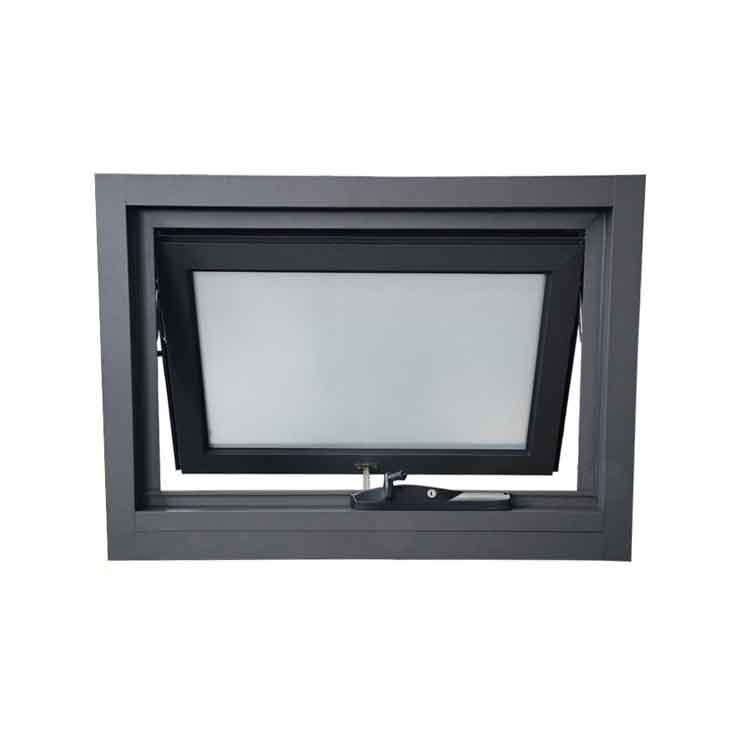
Learn About Our Process
Installation Guide
Whether it be a new installation or upgrading your current windows or doors, Casanoah’s installation process is fairly easy with similar steps no matter what design you go with. We have laid out the process for you below.
- The installation will begin with the installer checking if the wall meets the standards for installing doors and windows. Once verified, the position will be matched to the elevation (horizontal) line and vertical lines with the incoming and outgoing lines to ensure that the doors and windows can be installed reasonably. In situations where new windows are placed in old houses, any damaged walls will be repaired before installation, and wall waterproofing measures will be taken.
- Weather barriers are placed and taped down, followed by the installation of flashings that safely direct water onto the weather barrier and drainage plane.
- Shims are used to keep the frame in position while attaching it to the building with screws. The screws are placed either just above or below the shims, securing the frame in place.
- Insulation will be needed so block supports are used to allow a bottom space. Once the window or door frame is screwed in place, the blocks can be removed. When using spray foam, both sides of the block are filled until it sets, after which the blocks will be removed and the space will be filled.
- A durable air seal is created using low-expanding spray foam. A bead of acoustic seal, caulk, or taping window frames is then added to rough openings to further reduce any risk of air leakage between window frames and rough openings.
- When inserting the windows, they will be positioned towards the center of the rough opening rather than installing them flush to the outside.
- After the installation is completed, the door and/or window will be inspected based on their type. For example, sliding doors and windows will be tested on their ability to be pushed and pulled during the sliding process, will the hooks scrape the upper and lower rails, is the lock switch is loose and flexible, etc.
- Finally, a sealant with a thickness of no less than 15mm is injected into the exterior gaps. Once applied, any textured paper will be torn off so that it will neither affect the appearance nor damage the wall.



